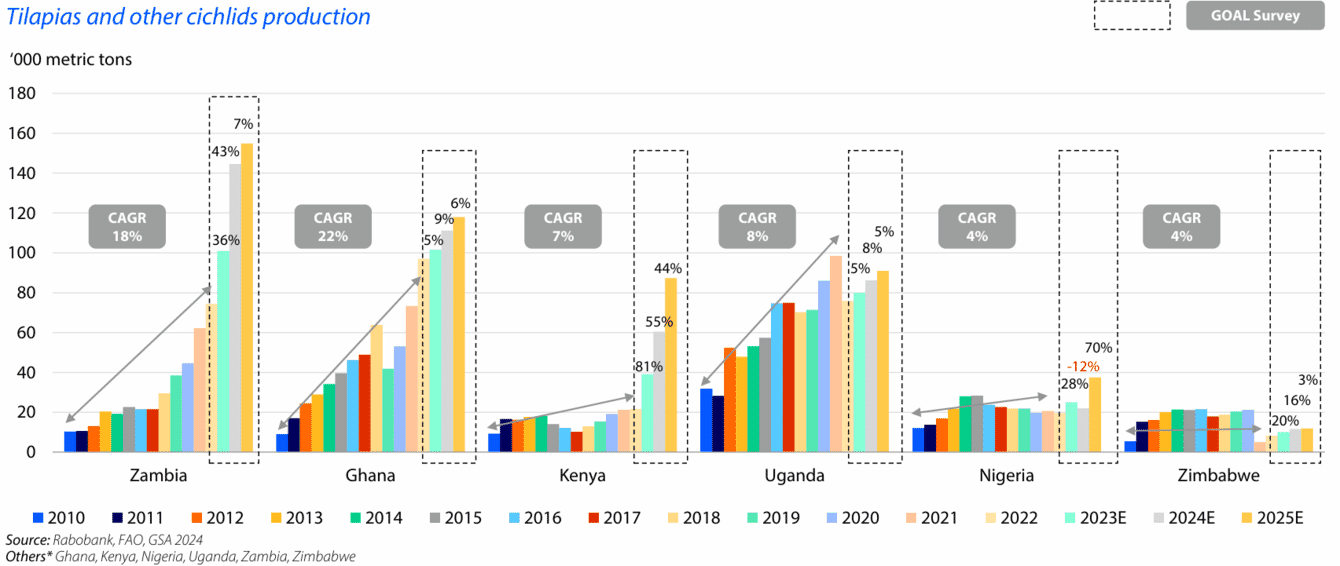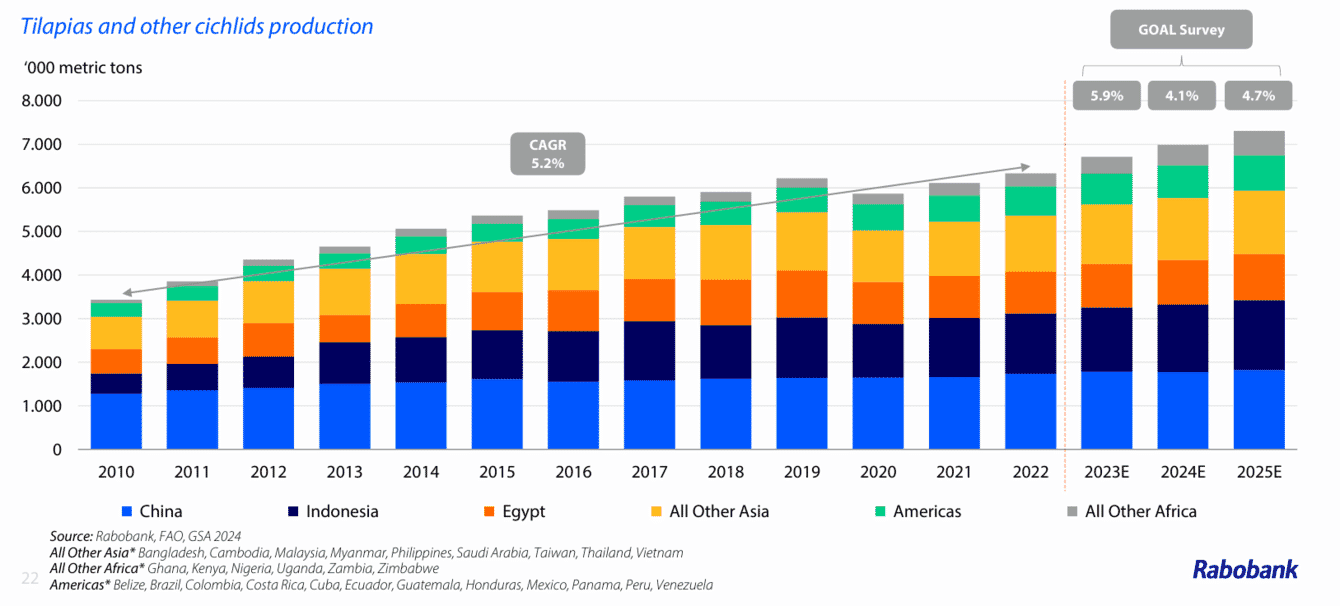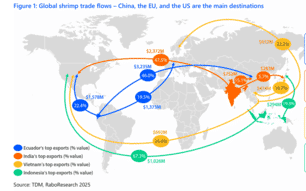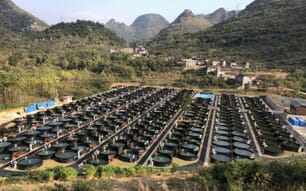
It's tilapia output was 20,000 tonnes in 2018, but is forecast to rise to 90,000 tonnes by 2026 © Victory Farms
This was one of the key messages delivered by Rabobank's Gorjan Nikolik at this year’s Global Seafood Alliance Summit, during a presentation which focused on tilapia production forecasts from around the globe, based on responses from GSA’s annual production survey.
“In terms of tilapia, Africa and South America are really interesting. Egypt is starting to grow again. According to past survey respondents there is demand, but there is limited space thus growth has to come through more efficiency and more effective feed. For the past few years the impression was that Egypt was plateauing. There is some growth again but Egypt will not surpass the production that they made back in 2014,” he explained in an interview with The Fish Site, after the event.
“But the most exciting part is the rest of Africa, which is forecast to grow by 29, 20 and 23 percent [in 2023, 2024 and 2025]. And the historic CAGR is already high, at almost 12 percent,” he continued.
“If you break it down by country, I would single out Zambia, Ghana and Kenya. They are adding between 30 and 40 percent by 2025. Especially Kenya. They were making 20,000 tonnes in 2018, and in 2026 they'll be at 90,000 if the survey results materialise. In the survey there was positive comments that tilapia are a popular product with the farmers, that the local market is good, that they have better access to juveniles, better access to feed. I'd say right now, this part of the world and this species is the fastest growth segment of the aquaculture world,” he added.
While Nikolik is delighted to see the progress being made with sub-Saharan tilapia he’s also, quite rightly, concerned about whether the rapid development will come at a cost.
“It's impressive that they're doing so well but I there are historical examples when fast growth in aquaculture has led to biological changes. Have they had enough time to fully understand how the environmental impact and the dangers of pathogens and disease? It’s sometimes worrying when you see 30 to 40 percent growth in consecutive years,” he cautioned.
Despite the growth, each country is still producing relatively small volumes, but Nikolik notes that, as a group, the region is becoming significant.
“Back in 2020 they were at just under 300,000 tonnes. In 2025 they're going to be at 563,000 tonnes. Of course, sub-Saharan Africa is a large region. And that's why I think we are not close to any capacity constraint yet, given the large amount of lakes and rivers that part of the world has,” he explained.

The 2010-2022 figures are based on FAO data, the 2023-2025 figures are based on figures obtained from the Global Seafood Alliance's annual production survey © FAO, Rabobank, GSA
Latin America
In terms of Latin America, the GSA survey suggests that growth in Brazil will continue apace.
“They had a strong historical growth, 8.4 percent CAGR, according to FAO data, while the respondents from the survey expected a growth of 8 percent in 2023, 9 percent this year and 7 percent for 2025. So Brazil is still very strong. And actually most of this is grown to meet domestic demand, with small amounts starting to be exported to the US,” Nikolik noted.
Asia
The story in Asia – where tilapia production is dominated by China and Indonesia – is less dynamic, but that’s no surprise given the relative maturity of the sectors in these countries.
“China, of course, is the world’s biggest producer, and they had some weather issues this year, but they will recover from it next year. Basically this is a sector that can grow at 2-3 percent per year and it's driven virtually entirely by the domestic market, while the exports are declining,” notes Nikolik.
“The market is good and it will continue to grow. It's a popular species in the domestic market. It's not a very fast growth, but it's decent: 2-3 percent,” he adds.
Meanwhile he pointed to a reduction in growth in Indonesia.
“They used to grow fast and now they're slowing down. The size of the sector is now much larger, at over 1.5 million tonnes but, from the surveys, it looks like they'll increase by around 5 percent this year, probably around three to four next year. This is also completely domestically driven,” he explains.

The 2010-2022 figures are based on FAO data, the 2023-2025 figures are based on figures obtained from the Global Seafood Alliance's annual production survey © FAO, Rabobank, GSA
Global totals
Nikolik wrapped up by aggregating the forecasts from each of the countries, and pointed to the overall upwards trajectory.
“When you put everything together, you see a global industry which has started to grow again. We had a historical growth rate of 5.2 percent, but around 2020 it had problems with Covid and then it slowly came back to growth – 5.9 percent would be very strong for 2023, 4.1 percent next year and 4.7 percent for 2025 is good for an industry that’s just about to cross the 7 million tonne mark,” he concluded.







